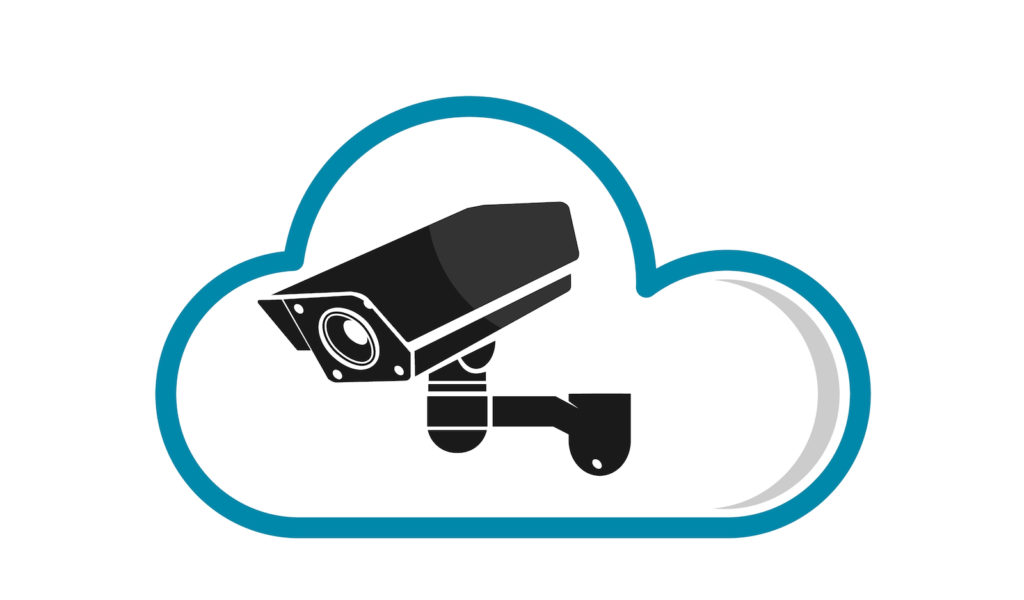There has been a steady transition towards cloud-based as-a-service business models for smart building services over the past decade. This gradual shift began to challenge long-established business models, relationships, and channels of distribution and was met with some resistance from certain segments of the industry. These cloud-based as-a-service business models require that manufacturers and systems integrators take a new approach relying more on providing consistent, reliable services than one-off wins on big projects. The transition was relatively slow until COVID, but new physical security trends over the past two years have rapidly accelerated cloud adoption.
“Enterprises are accelerating their digital transformation plans and making network investments at higher levels, with an emphasis on cloud-based automation systems to drive business efficiency and adapt to new ways of working and operational realities. Organizations are upping their IT budgets, and increasing numbers of critical decision makers are adopting cloud solutions as a direct result of their government’s response to COVID-19,” explains our new report. “For physical security systems, the ability to be able to access and control cameras and access control systems remotely has proven particularly appealing, with greater demand for cloud architectures and mobile management solutions as well as increased spending on software managed services.”
Analysis from technology market researchers Canalys reveals that network spending priorities are shifting, especially as the workforce becomes more distributed during the pandemic. Lockdowns led to a sharp rise in cloud spending from the second quarter of 2020 onwards and Canalys shows strong YoY growth of cloud infrastructure at 36%38 over the course of the pandemic. “Cloud-based services were pivotal in enabling emergency continuity plans designed to maintain virtual operations during lockdown,” suggests Matthew Ball, chief analyst for technology market analysis firm Canalys.
The growth in demand for remote and managed as-a-service models for both access control and video surveillance (ACaaS and VSaaS) has, in fact, outpaced the rest of the market over the course of the pandemic, which helped to offset a slight decline in hardware sales over the course of 2020. ACaaS and VSaaS have actually been around for over 10 years but did not properly break into the market until the pandemic. A late-2020 Morphean survey of 1,000 senior decision-makers across the UK revealed that 51% currently use cloud-based video surveillance and or a door entry/access control system, representing a 3% increase over 2019. The survey also found that 70% think COVID has increased urgency for businesses to adopt VSaaS and/or ACaaS.

“Organizations faced a number of unforeseen challenges in nearly every business sector throughout 2020 and continuing into 2021. The pandemic has acted as a catalyst for the development of new product innovations and business models, while others have simply been rebranded or repurposed to meet changing market demands,” our latest security report reads. “With manned guarding options limited due to stay-at-home orders and so many organizations having invested in and adopted remote means of managing their security systems over the last 18 months, the sheer convenience of being able to monitor vacant buildings seems highly likely to help spur further growth in these markets moving forward.”
COVID has triggered a need for cloud for remote security, opening up the Security-as-a-Service market for a wide range of buildings. It can unlock a huge range of new services by giving new customers greater access and exposure to the cloud ecosystem. Small to medium-sized buildings (SMB) have seen the biggest change in adoption, this nascent market represents the vast majority of floor space but was generally resistant to the cost of smart tech. The necessity of remote security during the pandemic has finally brought them to the cloud, where a world of new smart building services await. The market has now begun a rapid shift towards as-a-Service and those who don’t adapt will be left behind.
“Manufacturers who still cling to old ways of working and market delivery models will face increasing competitive pressures thanks to the changing patterns of demand, and they would do well to reflect on the insight we can draw from industries that were more early adopters of aaS delivery models as we move forward,” our in-depth report states. “More as-a-Service models may also see the integrator shift from reselling hardware as the main source of revenue, to providing a variety of design, installation, consultancy and support services on an on-going basis to a client.”
“The as-a-Service model is much more of a long-term partnership between the client and the provider, with more handholding and one-to-one support required. Therefore in order to be successful, integrators will need to take a more long-term view of the kinds of systems architecture designs, hardware and interoperability that may be required over the coming years by a client to keep providing value and satisfaction to the client to justify the regular fees being charged,” continues our new report: The Physical Security Business 2021 to 2026.
While some concerns remain over the privacy, bandwidth and cybersecurity of as-a-Service models, the lack of alternative affordable options will see these markets continue to thrive as prices fall and more end users turn to economical security-as-a-Service, particularly for the SMB market. Due to this, we should also now expect to see the emergence of numerous niche cloud-based security solutions exploiting the attention on as-a-Service business models.



